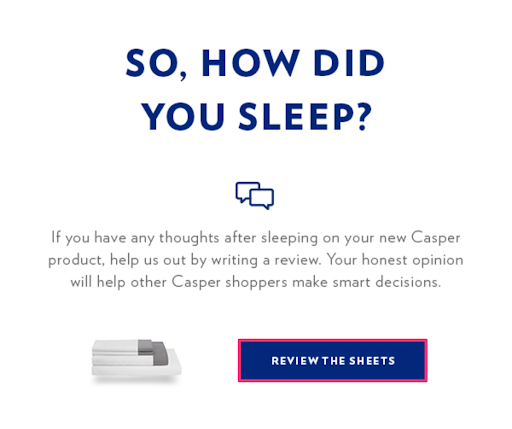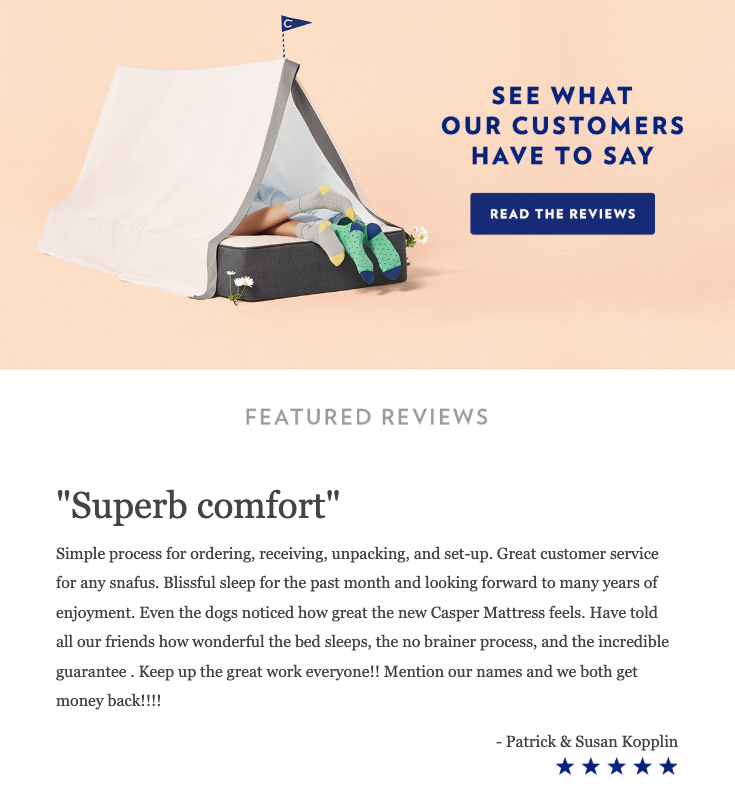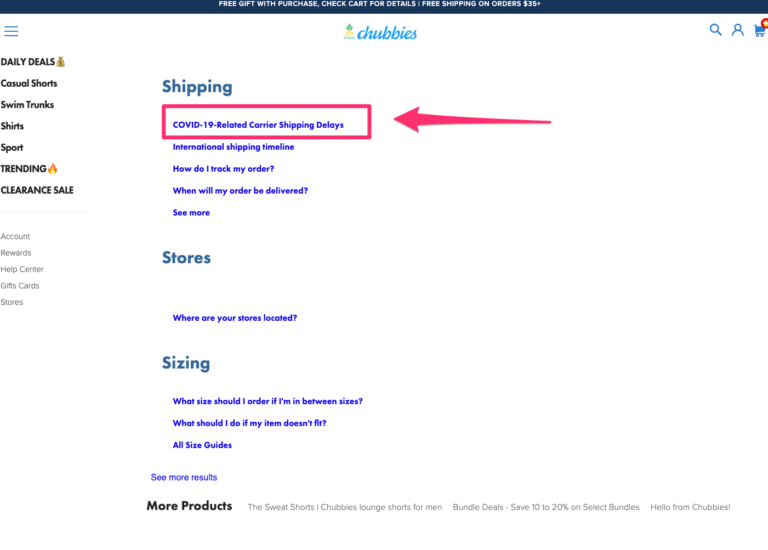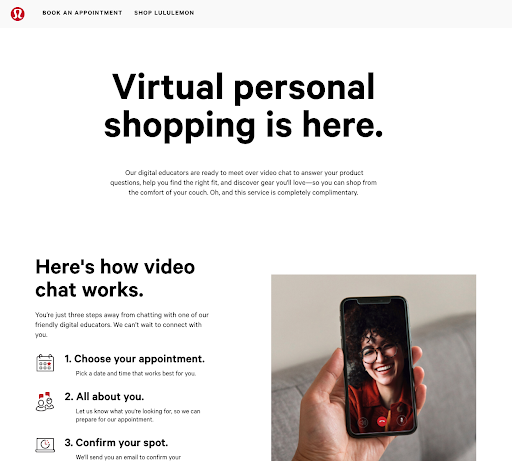On August 26, I moderated Search Engine Journal’s first-ever eSummit webinar featuring two actionable sessions to help ecommerce companies and marketers master personalization and on-page SEO for more traffic and sales.
For the first session, Andreas Dzumla, CEO and Co-founder at Longtail UX, shared three proven personalization must-haves in ecommerce to meet customer expectations.
In the second session, Anna Crowe, Assistant Editor at Search Engine Journal, discussed high-impact on-page SEO tactics that can help drive more organic traffic to your online store.
Here’s a recap of the two presentations.

Dominating Your Ecommerce Category: What You Need to Know
COVID-19 accelerated the growth of ecommerce this year as reported by Adobe.
There’s a huge opportunity in the industry right now and the key to success starts in knowing who our customers are.
Longtail UX found that new ecommerce customers are most likely:
- Newcomers to your category: Almost 3 in 4 shoppers are buying items they “usually would not buy online.”
- Older: 67% of new U.S. online shoppers are aged 45+. 43% of them stated that “difficulty finding the item I need” is their #1 complaint about online shopping.
- Unusually willing to be won over: 80% said they would “be more likely to return to an online shop repeatedly if they customized every shopping experience to my personal needs.”
Many new shoppers today are technically unsavvy and to win them over, you must be able to provide a shopping experience that is quick, simple, and relevant to their needs the very first time they transact with you.
The Power of First-Touch Personalization
Jeff Bezos, CEO of Amazon and the richest man in the world, got personalization right as early as 1998. He said:
“In the online world, businesses have the opportunity to develop very deep relationships with customers, both through accepting preferences of customers and then observing their purchase behavior over time, so that you can get that individualized knowledge of the customer and use that individualized knowledge of the customer to accelerate their discovery process.
If we can do that, then the customers are going to feel a deep loyalty to us, because we know them so well.”
This concept of using “individualized knowledge of the customer to accelerate their discovery process” is one of the reasons why Amazon has become a trillion-dollar company.
Segment’s 2017 State of Personalization Report highlighted key statistics that support the importance of personalization in ecommerce.
They found that:
- 40% of U.S. consumers say they have purchased something more expensive than they originally planned because their experience was personalized.
- On average 71% of consumers express some level of frustration when their shopping experience is impersonal.
If you think of first-touch personalization in a brick-and-mortar store, it would be one where the store has actual products in stock that solve your problem.
The staff are knowledgeable and they can direct you to the section of the store with only those products.
Overall, you have a pleasant buying experience because the whole process is seamless and you were able to satisfy your needs.
In ecommerce, this isn’t always the case.
When a shopper is new and arriving from a search, there is only one point to personalize around: the search term.
Because of this limitation, ecommerce landing pages often fall short.
If a shopper searches for “moisturizing shampoo for gray hair” and clicks on one of the Shopping ads listings, in most cases they’d land on a single-product landing page.

The shopper then needs to jump back and forth from search results to single-product pages just to find the right product they’re looking for.
And that ultimately affects conversions.
Monetate found that visitors who land on single-product pages (or product detail pages) from search are more than twice as likely to bounce than those who land on other types of landing pages.
The solution?
Smart pages.
The Law of Smart Pages
For Dzumla, “smart pages” are ecommerce landing pages that:
- Have multiple products on the page.
- All products match the buyer’s immediate needs.
- Products visible above the page fold.
So how do smart pages perform?
Here are a few examples:
Need: “moisturizing shampoo for gray hair”

For Adore Beauty, implementing Longtail UX’s Smart Pages solution to 2,574 pages resulted in:
- Increased shopper conversion rate by 98%.
- Reduced customer acquisition cost (CAC) by 64%.
- Increased return on advertising spend (ROAS) by 169%.
Need: “60 inch 4K TV”

When Kogan implemented 35,000 pages using Longtail UX:
- Increased annual growth by 105%.
- Increased new customer revenue to $20 million.
Why Should Ecommerce Companies Use Smart Pages?
According to Longtail UX’s June 2020 study, 78% of the top 100 ecommerce spenders in paid search fail at least one “Smart Page” law.
That potentially results in a huge ecommerce opportunity being wasted.
Here are a few ideas on how you can include multiple products on your landing page.
Need: “vegan protein”

Need: “good american jeans”

Need: “corner desk”

Selling First-Touch Personalization Internally
Adopting new tech is a must for ecommerce brands looking to scale and dominate the competition today.
Here are a few reasons why using Longtail UX’s Smart Pages can benefit your business.
- Performance: On average, LUX pages see 7:1 ROI and 108% conversion rate increase for Smart Pages over Single Product Pages.
- Urgency: Because of COVID-19, ecommerce has grown 5x faster. Online retailers are seeing more market share than brick-and-mortars.
- Speed: It would take you 1.5 years to migrate to a new platform that can accommodate these features, but it will only take you up to two weeks to go live using LUX Smart Pages.
How Online Stores Can Drive Organic Traffic with On-Page SEO
The speed of transformation in ecommerce has been savage in 2020.
Right now, you really have to work closely with all your digital teams – from SEO and PPC to content and social – in order to get the best possible performance that will drive revenue to your bottom line.
Here are eight things you need to prioritize for your on-page SEO strategy.
1. Promotions
Promotions can draw in price-sensitive consumers.
The key is to run promotions based on customer data – you want to identify your exit points.
Action Items
- Create a promotion based on data and need in the moment.
- Target promotion-related keywords (promo code, discount, sale, coupon) to attract new types of search traffic.
Examples
Within a matter of 10 days of launching this campaign in March 2020, Supply went from a year low to having one of their best weekend of sales since Black Friday.

BarkBox increased organic revenue by 35% and increased organic traffic by 359% by creating a custom promotion on their website for influencers.

2. Reviews
One way to promote transparency and build trust with your consumers is through reviews.
Trustworthy content protects your brand reputation in the searcher’s perspective, and with your search engine reputation.
Action Items
- Create an automated post-purchase email campaign to request reviews for products.
- Add review schema to each of your product pages.
Examples
A few days after you become a customer, Casper sends you this email asking for a product review.

When you click the CTA button, you land on a page where you can submit the following form and leave a review.

Plus, they get richer and more meaningful product reviews, like this…

…and, utilize that for schema.

(If you’re using Shopify, it should be built into your theme. If you’re unsure, use Google’s Structured Data Testing Tool.)
You can also add reviews in your email marketing as social proof.

3. HTTPS/SSL
Another way to promote trust is through HTTPS/SSL protection.
It’s a way to show search engines and consumers your website is trustworthy.
Action Items
- Check that your website has HTTPS.
- Check that your website has SSL.
4. Help Center
Consumers are holding companies to a higher standard now.
On the searcher side, people are more likely to spend longer in a research phase before making a purchase decision.
This means there will be an increase in engagement with your content.
Action Item
- Proactively share key messages related to changes in your company.

5. Content
Again, consumers’ habits, searchers, and behaviors are changing and adapting every day. And, so does your blog content.
Action Items
- Adapt your blog content to match your current environment.

- Tailor your products and launches to the current state.

6. Site Search
It’s crucial for website owners to monitor site search data for trends to understand how your customers’ needs are shifting.
Humans are creatures of habit, but we are forced to develop new interests and routines.
Action Items
- If you don’t have a site search, install one.
- Review the data in Google Analytics.
7. Don’t Forget Other Search Engines
If you can’t beat them, join them.
We know Google is dominating the search results, but so is Amazon and YouTube.
Action Items
- Optimize your Amazon product listings.
- Create product videos for YouTube.
8. Out of Stock Alternatives
To combat delays in your supply chain and retain SEO value of out-of-stock pages, optimize these pages for user interaction.
Action Items
- Out of stock permanently = 301 redirect to a similar product.
- Out of stock temporarily = update copy.
The Takeaway
Remember, you need to pivot your onsite experience to match demand.
[Slides] How to Dominate Ecommerce in 2020
Check out the SlideShare below.
Image Credits
All screenshots taken by author, August 2020
Join Us For Our Next Webinar!
Beyond ROAS: Aligning Google Ads With Your True Business Objectives
Join Justin Covington, Director of Paid Channels Solutions at iQuanti, as he breaks down the Google Ads changes and show you how to use value-based bidding to drive measurable results.


